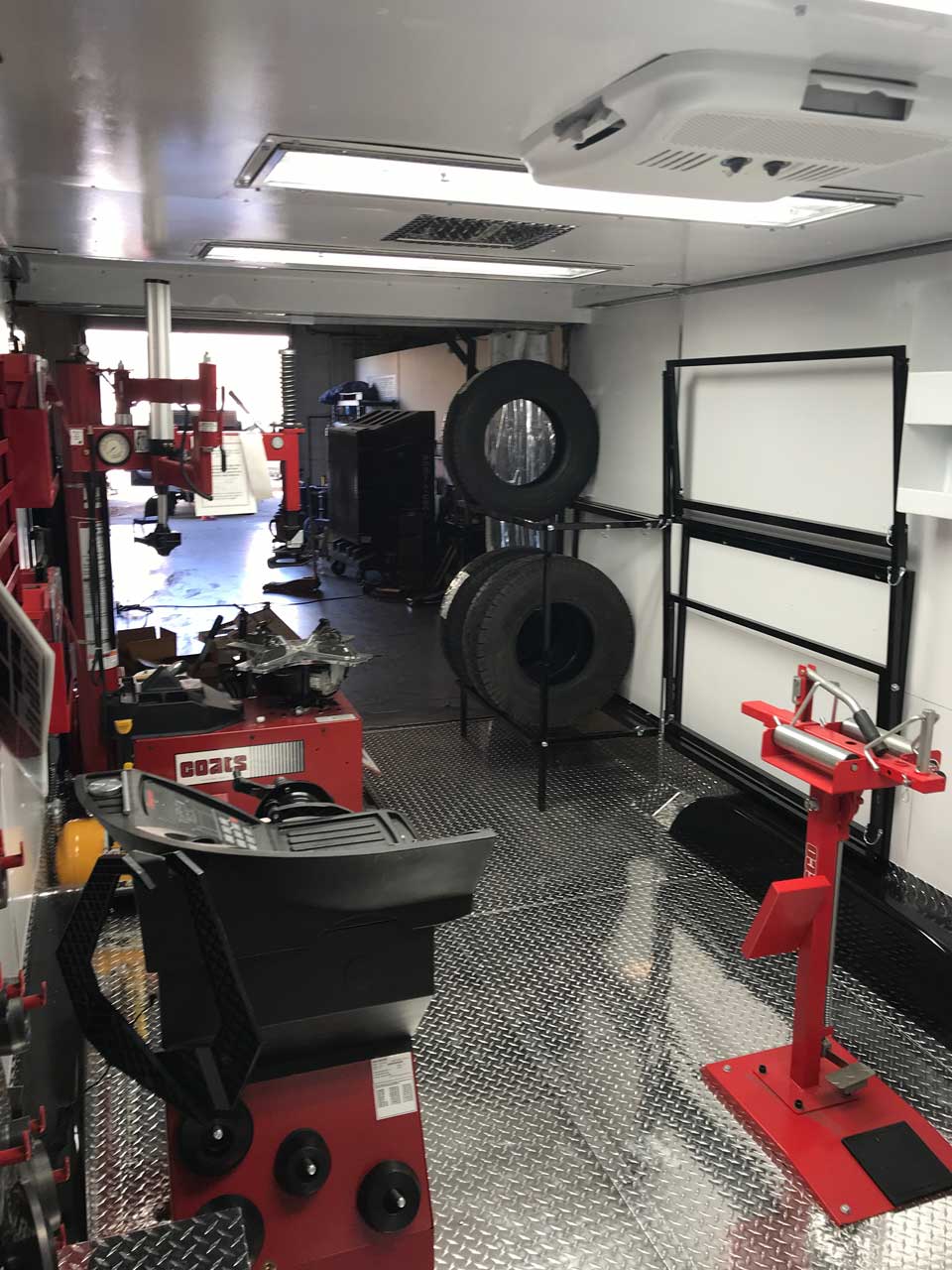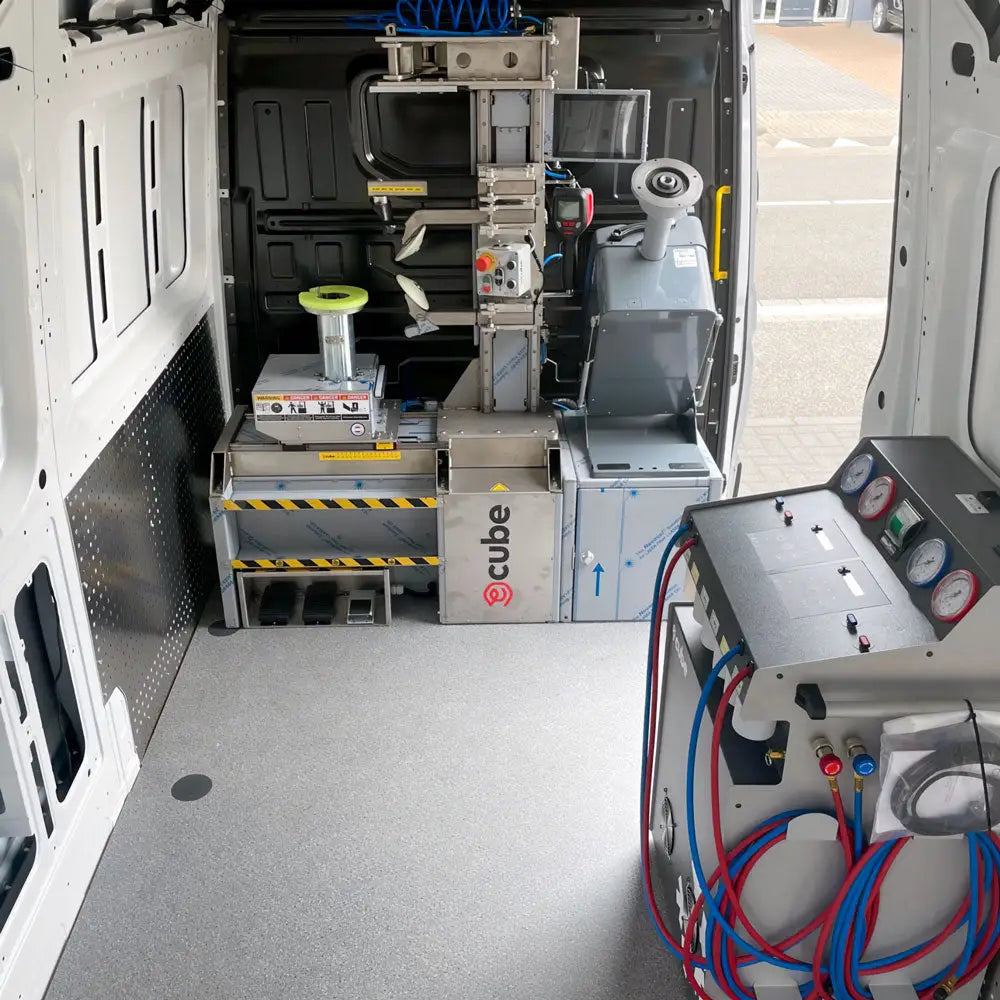Expert Mobile Tire Repair in Las Vegas - Rapid Service Guaranteed
Expert Mobile Tire Repair in Las Vegas - Rapid Service Guaranteed
Blog Article
Tire Solution: Proven Approaches for Optimal Tire Maintenance and Care
Keeping optimum tire problem is extremely important for both security and efficiency of any type of car. From making certain correct tire stress to regular rotation and placement, there are proven methods that can considerably expand the life expectancy of your tires and boost total driving experience. As we discover the ins and outs of tire treatment and maintenance, we will discover vital guidelines that every lorry proprietor need to stick to for the ideal feasible results. Allow's explore the world of tire service and discover the secrets to maintaining your tires in superior form for the long haul.
Significance of Tire Pressure
Correct tire stress is a critical factor in ensuring ideal vehicle efficiency and security when traveling. Preserving the recommended tire stress levels given by the producer offers numerous benefits. Appropriate tire pressure advertises much better gas effectiveness, as under-inflated tires can lead to increased rolling resistance, creating the engine to function harder and eat more gas. Right tire pressure ensures also tread wear, enhancing tire longevity and saving money in the long run by postponing the need for premature substitutes. In addition, correctly pumped up tires add to boosted handling and stopping capacities, important for secure driving in various road conditions. Over-inflated tires, on the various other hand, can result in lowered traction and a harsher trip. Alternatively, under-inflated tires are susceptible to overheating, which can bring about crashes and blowouts. Regularly inspecting and adjusting tire stress, particularly in the past long trips, is a straightforward yet efficient way to enhance lorry efficiency, expand tire lifespan, and prioritize safety when traveling.
Tire Turning Standards
When considering tire rotation standards, it is vital to comprehend the significance of this maintenance task in making best use of tire life-span and preserving ideal lorry efficiency. Tire rotation involves changing the placement of each tire on an automobile to ensure also step wear. Front tires tend to put on more quickly than rear tires as a result of steering pressures, making regular rotation crucial for well balanced wear patterns. The recommended turning pattern differs depending on whether an automobile is front-wheel, rear-wheel, all-wheel, or four-wheel drive. Commonly, tires should be turned every 5,000 to 7,500 miles, or as recommended in the lorry manual. Disregarding tire rotation can result in unequal wear, impacting handling, traction, and potentially compromising car safety and security. By sticking to proper turning guidelines, motorists can prolong the life of their tires, enhance fuel performance, and enhance total driving experience. Normal rotation is a straightforward yet reliable upkeep technique that contributes considerably to tire longevity and lorry efficiency.

Benefits of Wheel Placement
Guaranteeing appropriate wheel alignment after tire turning is critical for keeping balanced wear patterns and taking full advantage of vehicle efficiency. Wheel positioning describes the modification of the angles of the wheels to the supplier's specifications. One of the essential benefits of wheel placement is enhanced steering and managing feedback. When the wheels are properly lined up, it reduces steering effort, making sure a smoother and a lot more regulated driving experience. In addition, appropriate wheel positioning aids to prolong the life-span of your tires. Misaligned wheels can trigger unequal tire wear, causing early tire substitute and raised maintenance prices.

Tire Tread Deepness Check
Executing a routine evaluation of tire step deepness is vital for preserving risk-free driving problems and prolonging the life-span of your tires. The walk on your tires plays an essential duty in offering grip, specifically in damp or unsafe conditions. To examine your tire step depth, you can use a walk depth gauge or the penny test. The suggested walk deepness is at least 2/32 of an inch. It is time to change your tires to make my website certain optimum efficiency and safety on the roadway if the tread deepness is below this threshold. Irregular step wear can indicate concerns with tire alignment, suspension, or stress, highlighting the importance of normal walk depth checks. Overlooking to check and maintain proper step depth can bring about lowered grip, longer stopping distances, and a raised risk of hydroplaning. By including tire step deepness check out your routine upkeep timetable, you can drive with confidence recognizing that your tires are in top problem.
Seasonal Tire Assessment
Seasonal tire examination is a basic facet of tire maintenance that makes sure tires are prepared to face the obstacles presented by various weather condition conditions. In preparation for winter months, it is necessary to check the tire stress consistently as chilly temperature levels can cause blog here tire stress to drop. By performing regular seasonal tire inspections, vehicle drivers can prolong tire life-span, boost gas effectiveness, and most notably, make sure a secure driving experience in varying weather condition conditions.
Conclusion
To conclude, preserving correct tire stress, revolving tires regularly, lining up wheels correctly, checking step depth, and conducting seasonal examinations are necessary techniques for ideal tire treatment. By complying with these shown techniques, vehicle drivers can ensure their tires last much longer, execute better, and contribute to total lorry safety and security. It is essential to prioritize tire upkeep to avoid crashes, boost gas effectiveness, and lengthen the life expectancy of tires.
Appropriate tire stress advertises better gas performance, as under-inflated tires can lead to increased rolling resistance, creating the engine to function tougher and eat even more gas.When thinking about tire turning guidelines, it is vital to understand the relevance of this upkeep job in taking full advantage of tire life-span and visit maintaining ideal automobile performance. Seasonal tire inspection is a fundamental aspect of tire maintenance that ensures tires are ready to deal with the challenges postured by various weather condition problems. By performing regular seasonal tire evaluations, chauffeurs can lengthen tire lifespan, enhance fuel effectiveness, and most importantly, make sure a safe driving experience in varying climate conditions.
In conclusion, keeping correct tire pressure, rotating tires frequently, aligning wheels correctly, keeping track of step deepness, and carrying out seasonal examinations are necessary practices for ideal tire care.
Report this page